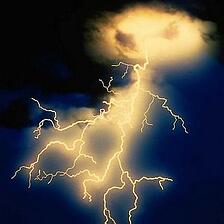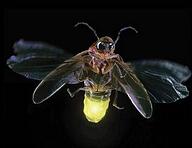 On a scale of 1 – 10, how good are you? If you’re like most people you probably do a lot of things where you would rate yourself a 6, 7 or even 8. I’d also bet, that if you’re really successful there are one or two things you do where you’d rate yourself a 9 or 10.
On a scale of 1 – 10, how good are you? If you’re like most people you probably do a lot of things where you would rate yourself a 6, 7 or even 8. I’d also bet, that if you’re really successful there are one or two things you do where you’d rate yourself a 9 or 10.
Recently, I was discussing issues surrounding a client’s sales team. I had observed that his top line sales execs (also VP level people in the company) were Demand Creators™ (a term I use to describe the top level of sales professionals), but that there was a huge chasm between his senior level and the front line sales staff – a chasm that could negatively impact their ability to implement a new go-to-market plan. The CEO replied to me that he thought I was underestimating his salespeople. He told me that while certainly his senior people were 9’s and maybe (his word) 10’s the bulk of his front line were still 7’s and 8’s.
I replied to him, that I agreed, but the problem is that the difference between an 8 and a 9 is the difference between – well – a lightening bug and lightening. Don’t get me wrong, if you’re at a talent level of 7 or 8 you’re quite good – BUT GOOD IS NO LONGER GOOD ENOUGH!!
 Markets are too tough; buyers are under too much pressure; and the economics of the information age have completely changed the game. In sales, at least, you must build a sales team of Demand Creators (9’s and 10’s) if you are going to create economic value through your sales efforts.
Markets are too tough; buyers are under too much pressure; and the economics of the information age have completely changed the game. In sales, at least, you must build a sales team of Demand Creators (9’s and 10’s) if you are going to create economic value through your sales efforts.
What must a salesperson master to become a 9 or 10? Here’s a start:
- Business Acumen
- Diagnostic Protocol
- Their customer’s problems
- Listening
- Investigation
- Command
You may say that there is little difference between an 8 and a 9. To get a picture of how BIG little differences are take a look at the money list for the PGA Tour in 2008. Vijay Singh led the tour, winning more than $6.6 million. He averaged 70.27 strokes per round. Kevin Stadler averaged 71.56 strokes – less than a 1.5 stroke per 18 holes difference. He won just under $600,000 – more than a 10x difference. Kevin Stadler is good – really good; Vijay Singh is great.
Just as a golfer must master all 14 clubs he or she uses in play; you’re sales team must master all the tools of Demand Creation if you expect them to drive superior results.

 Doug Davidoff
Doug Davidoff